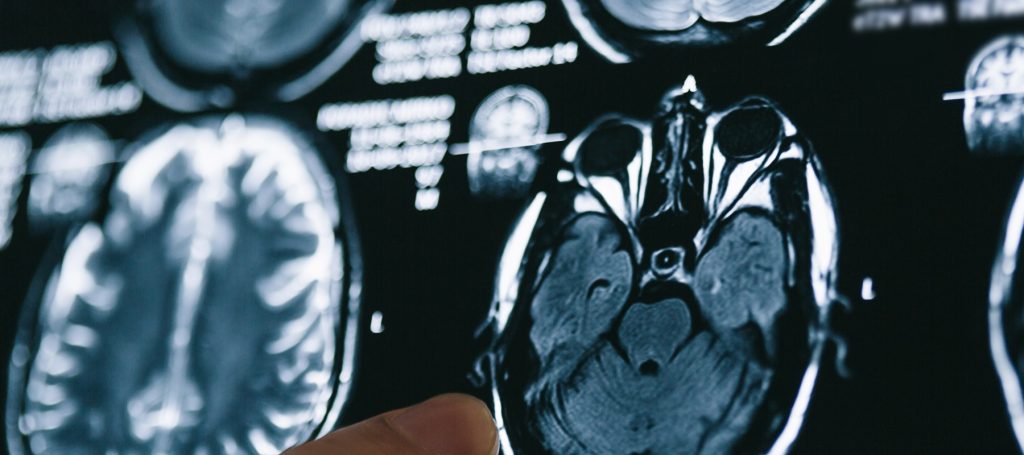

In a nuclear medicine procedure, a patient receives a specified activity of a radionuclide (most commonly a gamma-emitting radionuclide) for diagnostic or therapeutic purposes. It is essential that the activity given to the patient is well-known. The principal instrument used to measure the activity of a radioactive source used in medicine is the radionuclide calibrator.
This course has been designed to support the effective use of radionuclide calibrators in a clinical setting. It teaches learners the right skills and strategies to use when operating them, and provides a methodological approach when implementing quality assurance tasks and identifying sources of uncertainty. More specifically, this course will help learners:
This course consists of four modules:
Learners who successfully complete the course and assessments will receive an NPL Certificate of Completion.